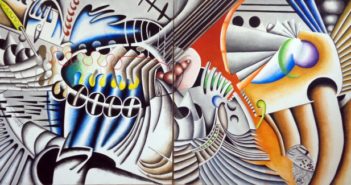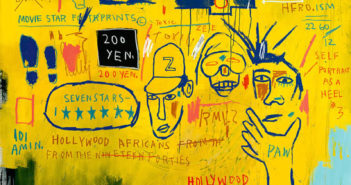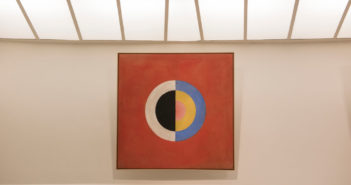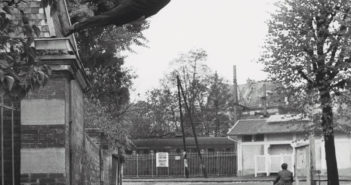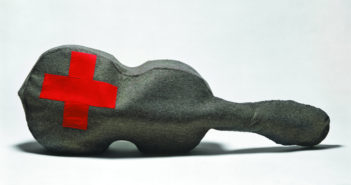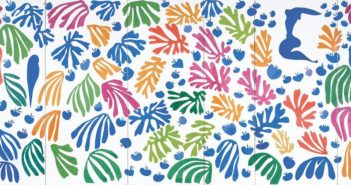
In 1905, in an effort to increase water flow for farming into Southern California’s Imperial Valley, engineers accidentally overflowed a bank of the Colorado River near Yuma, Arizona. For two years, while repairs were made to the breach, the river flowed into a centuries-dry lake bed, forming the land-locked Salton Sea, about 64 miles southeast of Palm Springs.

